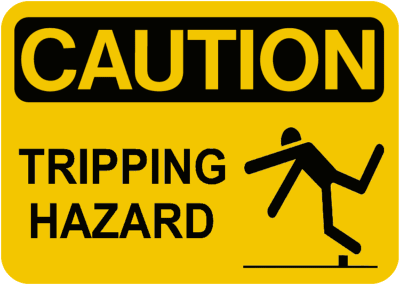As the proverbial dust settles around the public release of test scores, I find myself reflecting beyond my school and on the nature of high stakes testing. And, I can’t help but ask if high stakes tests actually serve those that they are intended to benefit.
Those beneficiaries are the students. Although I can’t blame you if you find that connection a bit confusing. It isn’t always clear for me, either.
Which brings me to our new Arizona model for rating schools, which uses a letter grade to identify each site’s effectiveness. Obviously, such a model does little to dismantle the paradigm surrounding ineffective letter grade systems that we also use on report cards. Apparently, there is a feeling parents aren’t smart enough to understand what “underperforming” means. But, more on that another time. I only have so many words per blog.
Simply put, the new model derives its school scores the following way:
- 100 points for all students passing rates.
- 50 points for the academic growth of the lowest 25% of student performers.
- 50 points for all students growth.
- This totals 200 points, and the letter grade is based on this tabulation.
Simple enough. It’s even easy to understand, as long as you don’t dig around too much. But, if I were to hypothetically put you in charge of a school, knowing now how schools are judged by the public, and asked you to appropriately dedicate your resources to one group of students, which group would you select? I’ll wait. Really give this one a try.
The answer is not “all.” Wouldn’t that be nice? Try again.
No. There is no “C.” Stop panicking, you’ve got this.
No. I already told you “all” is not correct. I don’t care how much you want it to be the answer. (When I was ten, I wanted an arcade Asteroids video game for my living room like that kid on Silver Spoons. Didn’t make it happen). Give it one more try.
That’s right, the bottom 25% of performers. Why?
Because they are measured three times in the formula. They are the only group of students that carries such weight. Good for us for not allowing them to be left behind and guaranteeing schools attempt to push them forward. They absolutely need and deserve the energy, time, and resources. We would be professionally negligent if we did not respond to their performance.
But, sometimes problems don’t have a right answer, and perhaps this is one of those times. My school is doing a better job than ever on meeting their needs, and some of that is due to this model. So, give it credit for helping that subset of students.
However…
This raises an interesting and infuriatingly difficult question: What about the other students? To take it a step further, what about the top 25%? Which is the bigger threat to our nation’s economy and innovation driven industry?
The continued failure of our lowest performers, or the failure of our highest performers to meet their full potential? Or, both?
For all of our conversation about critical thinking and higher level skills, we certainly spend much of our time preparing students for lower level skill assessments. If this is the case, just how low is the bar for those top performers?
In my estimation, just low enough for them to trip over.
(More to come on this topic in my next post. I have a feeling we are just getting started.)









